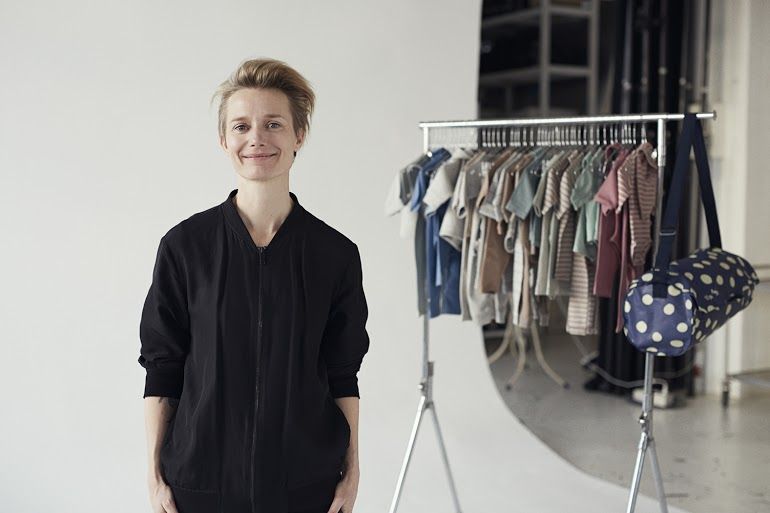Later today, green think-tank Sustainia will present its ideas on the hundred best sustainable solutions and products from all over the world – of which a total of six are Danish.
This year’s Sustainia100 study features 100 new stories from the forefront of sustainability innovation. Deployed in 151 countries, the solutions feature new ways of saving water, managing waste, building homes and safeguarding our food production.
The top 100 were decided after reviewing over 1,500 projects and businesses on six continents.
Here is a brief rundown on Denmark’s final six solutions:
Vigga
Vigga leases high-quality organic clothing at a fixed price. For 359kr per month, subscribers will receive a beautiful, soft wardrobe for their child, which is adapted to a larger size as the child grows and returned to the company when it becomes small.
Why is it sustainable?
The idea addresses the issue of over-consuming. When you lease, you are doing your part in recycling the used goods, and the better quality the clothes are, the more times they can be reused.
Iso Paint Nordic
Iso Paint uses a special surface treatment for rooftops that enables the indoor temperature to be reduced by 5 degrees, thereby reducing air-conditioning costs significantly.
At the same time, the surface treatment transforms a number of harmful nitrogen oxide chemicals (NOx ) into harmless salts, and it therefore ensures a better indoor climate in the treated buildings.
Why is it sustainable?
The idea addresses a vast problem in the building industry in which air conditioning (particularly in warm countries) is a huge energy consumer.
HOFOR cooling
HOFOR operates district heating throughout Copenhagen’s city centre. The system incorporates an integrated cooling system in which a heat pump converts waste heat for cooling.
During the winter months, cooling is produced by means of sea water, drawn into the cooling centre through a line between the port and centre.
It is the greener, cheaper alternative to traditional cooling systems.
Why is it sustainable?
Denmark has a huge well-developed district heating structure that is not used during the hottest months. By means of an existing infrastructure, the surplus heat can be utilised throughout the year.
NoFlood Barriers
By replacing traditional sandbags with large, flexible plastic pipes, the mobile NoFlood barriers stop the risk of flooding by containing large masses of water. The tubes can be used over relatively long distances and are easy and quick to set up. The tubes are a variant to solving the most extensive and costly natural disaster, flooding, which in 2012 cost the world a staggering amount of $80 trillion.
Why is it sustainable?
Climate change is underway and we will have to adjust to more and more extreme weather events. Instead of having to rebuild after every disaster, it is cheaper and far more sustainable to protect the existing building stock using NoFlood barriers.
Graasten district
The district heating plant in southwestern Jutland has managed to get 1,500 homes heated through climate-neutral district heating.
This is done by combining solar panels with the burning of local biomass, depending on whether the sun is shining or not.
Why is it sustainable?
Some 47 percent of world energy consumption is due to heating, and solutions such as Gråsten can have an extremely positive effect on CO2 concentration if used on a larger scale.
Tradeshift
Tradeshift is a digital marketplace that facilitates work for companies with sustainable ambitions, so it is easier to find and do business with one another.
Vendors and suppliers of sustainable raw materials can avail themselves free of the system, while the buyers are paying for access.
Why is it sustainable?
It is increasingly difficult to find and buy the right raw materials whilst also ensuring the most climate-friendly distribution. Here, Tradeshift aims to create more sustainable solutions.















